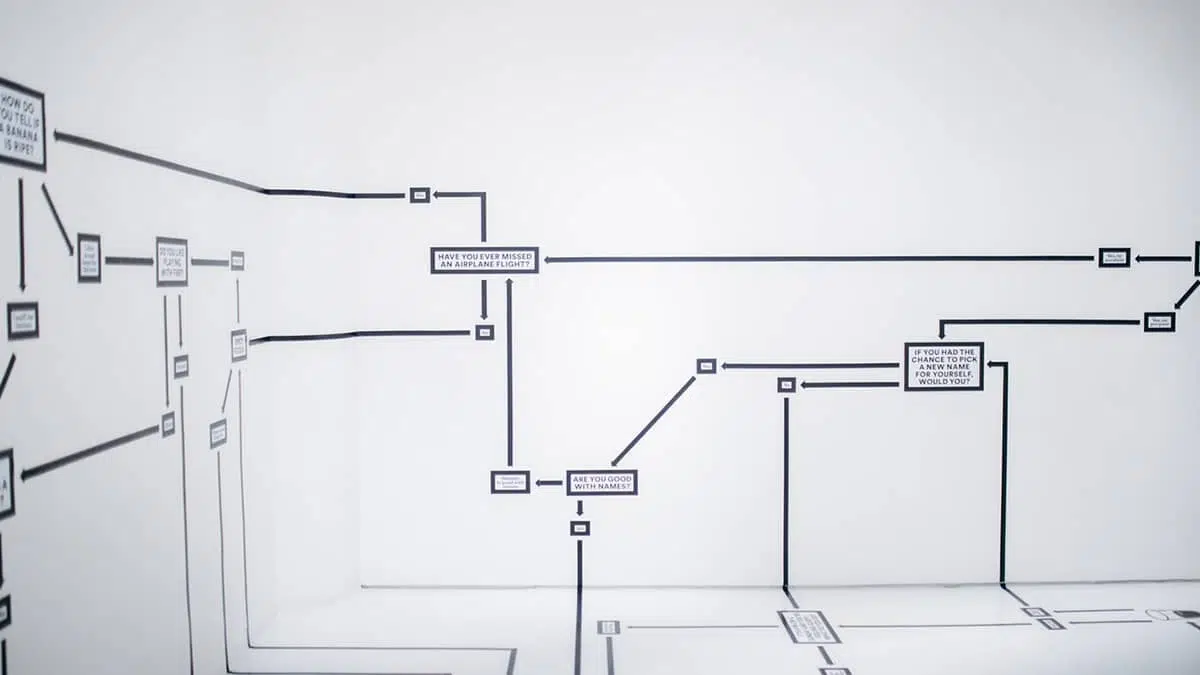Gaining meaningful insight into your market, and the experiences of customers, provides direction for future business strategies. Feedback from your customers helps to identify pain points that need addressing and may provide you with recommendations about solving them.
However, extracting useful information can be difficult as it is easy to lose focus and ask questions relating to every area of your business. The key to successfully collecting valuable insight is carefully planning your research project.
Starting the Research Project
When starting your research project, the first question to ask yourself is, what is the purpose of this research and what are the key aims?
Once you have defined your aim, start pulling together information that could be relevant to your project. Previous reports on the topic are important for tracking progress. It is useful to think about potential contacts for your research early in the planning so that contact data is up to date and compliant.
Now that you have gathered as much information as possible, it is time to meet with your agency and clarify what decisions you will be making once the research is complete. Compile a list of what you want to know as this will keep you focused and guarantee meaningful results.
Designing the Questionnaire
It’s important to make sure that you’re going to have the right sample. Therefore, it is important to consider whether your sample needs to represent certain sections of your customer or population base. This is vital because you might choose to filter responses by a specific customer type or behaviour.
Once you have established who you would like to gain insight from, you can begin formulating questions. You should keep your key aims and try to be as concise as possible. Your agency will consider the phrasing for each question, but it can be helpful to ask; how will the information be used? Is this question necessary? Does it make sense? Is it obvious how it should be answered? And how will the data be analysed?
Your questionnaire is nearly ready, but there’s one more important step; pilot interviews. By practicing the questionnaire, you’ll find out how long it takes to complete and whether your questions are interpreted as you intended. This means there will be time to make any changes necessary before it’s completed by your respondents.
Collecting the Data
There are three main ways to collect questionnaire data. These include over the phone, face-to-face, or via self-completion (online or on paper). Each option has its own benefits and drawbacks.
- Self-completed questionnaires can be distributed to a large number of people. However, completion rates are low and there’s no way for researchers to probe for more details.
- Telephone interviews provide extra details and include recommendations from respondents, but there can be problems gaining access.
- Face-to-face methods provide the opportunity to demonstrate a product or the validity of the research. Additionally, researchers can build up rapport with the participant. However, this is the costliest option.
If budgets and deadlines permit, a mixed methodology is the best approach. Online questionnaires can gather quantity of data with backup from telephone or face-to-face interviews which provide qualitative information.
Some research topics will require a higher number of respondents than others. This will depend on the complexity of the research topic, the size of the population, how much analysis is required, and your budget.
Analysing the Results
When the data has been collected, you can start drawing out meaningful results. These will subsequently inform your decision-making.
Whether the data is qualitative or quantitative and how large the dataset is will dictate how the results are analysed. For more substantial projects, computer software helps systematically examine the results. With a smaller number of respondents, it’s possible to analyse results manually.
Categorising the data analysis into key subject issues that relate back to the research objective will add structure when writing the report. It is also useful to provide key quotations to support the findings data.
Writing up a report detailing the findings and methodology is important for reference. It is also beneficial to present the results to stakeholders and conclude the informed decisions that have been made.
How can we help?
If you would like one of the specialists at Mackman to provide a comment or write an opinion piece for your publication, give us a call on 01787 388038, or email customerservice@mackmangroup.co.uk
